Start by bringing a large pot of water to a boil. Blanching requires briefly heating the product to above 68°C (154°F). The amount of water depends on the quantity of food you intend to blanch. As a rule of thumb, it's recommended to use about 1 liter of water per 100 grams of food.
If desired, you can add a pinch of salt to the boiling water. This may enhance the flavor of the food but is entirely optional.
Cut the food you wish to blanch into the desired size or shape. It's essential to prepare them beforehand, as the blanching process happens very quickly, leaving no time for cutting in between.
Once the water is boiling, add the prepared food to the pot. Make sure to fully submerge them in the water. The exact blanching time depends on the type of food. Generally, vegetables are blanched for 1-3 minutes, depending on the variety and size. You can use a sieve or slotted spoon to remove the food from the boiling water after the specified time.
Once the food has reached the desired blanching time, immediately plunge them into ice water. Alternatively, in professional kitchens, a rapid cooler can be used. This halts the cooking process and helps maintain the color and texture of the food. Allow the food to remain in the ice water for the same duration as they were boiled in the hot water.
After cooling the food in ice water, you can drain them and then dry them in a sieve or on a kitchen towel as needed.
The blanched food is now ready for further preparation steps, whether it's freezing, grilling, sautéing, or cooking in other recipes. Blanching is a crucial technique in the kitchen to preserve food quality and achieve specific culinary goals.
Ingredients
Directions
Start by bringing a large pot of water to a boil. Blanching requires briefly heating the product to above 68°C (154°F). The amount of water depends on the quantity of food you intend to blanch. As a rule of thumb, it's recommended to use about 1 liter of water per 100 grams of food.
If desired, you can add a pinch of salt to the boiling water. This may enhance the flavor of the food but is entirely optional.
Cut the food you wish to blanch into the desired size or shape. It's essential to prepare them beforehand, as the blanching process happens very quickly, leaving no time for cutting in between.
Once the water is boiling, add the prepared food to the pot. Make sure to fully submerge them in the water. The exact blanching time depends on the type of food. Generally, vegetables are blanched for 1-3 minutes, depending on the variety and size. You can use a sieve or slotted spoon to remove the food from the boiling water after the specified time.
Once the food has reached the desired blanching time, immediately plunge them into ice water. Alternatively, in professional kitchens, a rapid cooler can be used. This halts the cooking process and helps maintain the color and texture of the food. Allow the food to remain in the ice water for the same duration as they were boiled in the hot water.
After cooling the food in ice water, you can drain them and then dry them in a sieve or on a kitchen towel as needed.
The blanched food is now ready for further preparation steps, whether it's freezing, grilling, sautéing, or cooking in other recipes. Blanching is a crucial technique in the kitchen to preserve food quality and achieve specific culinary goals.

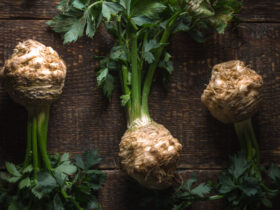
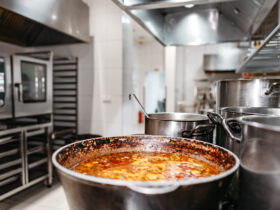
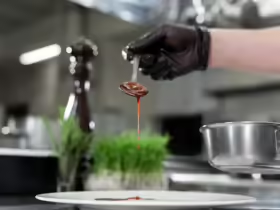
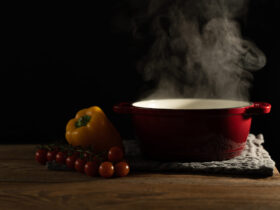
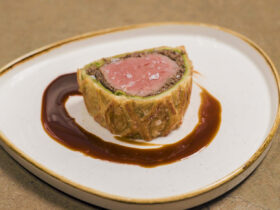

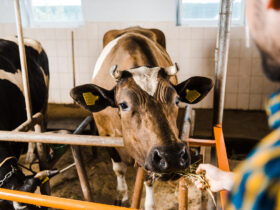
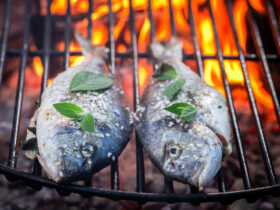

Leave a Reply
View Comments